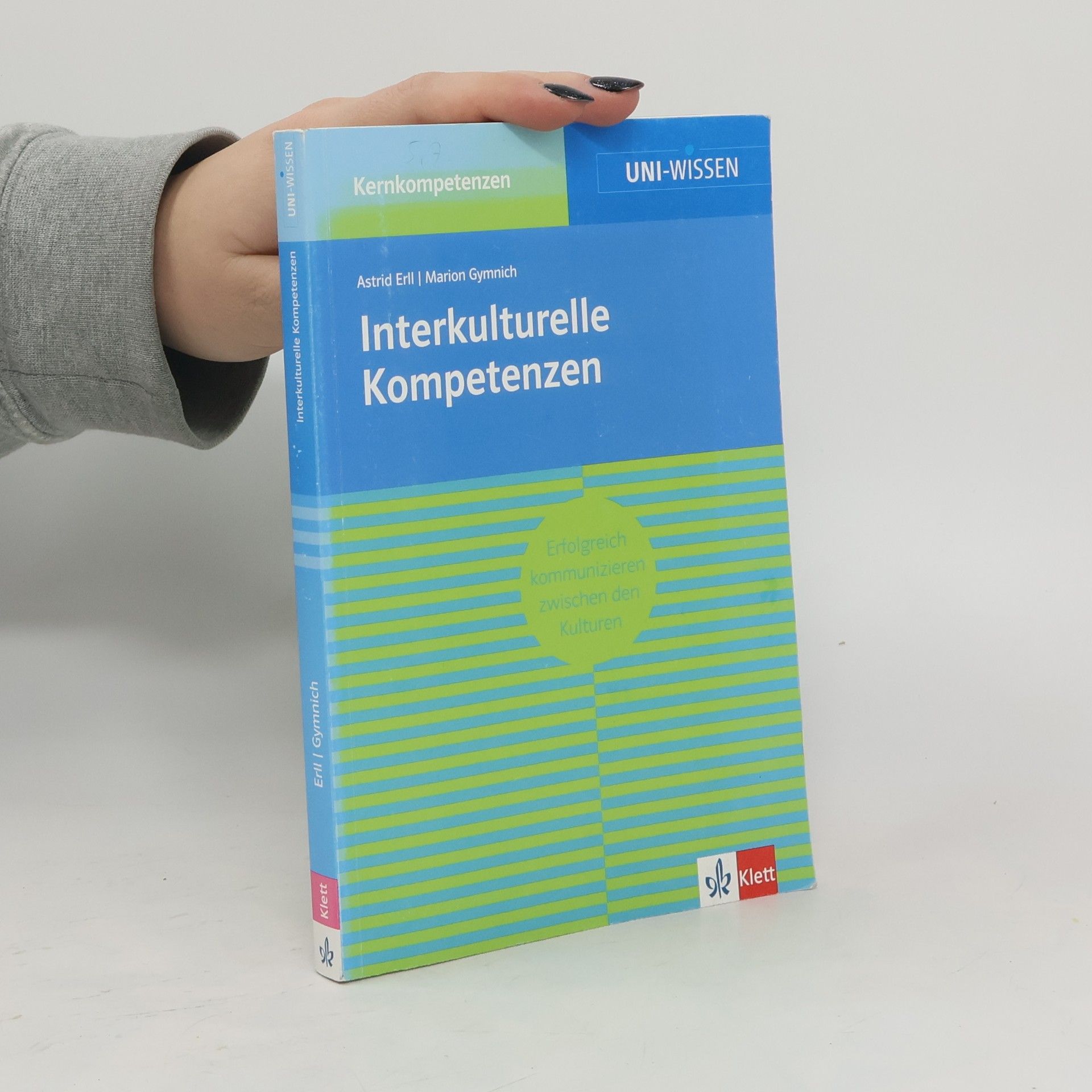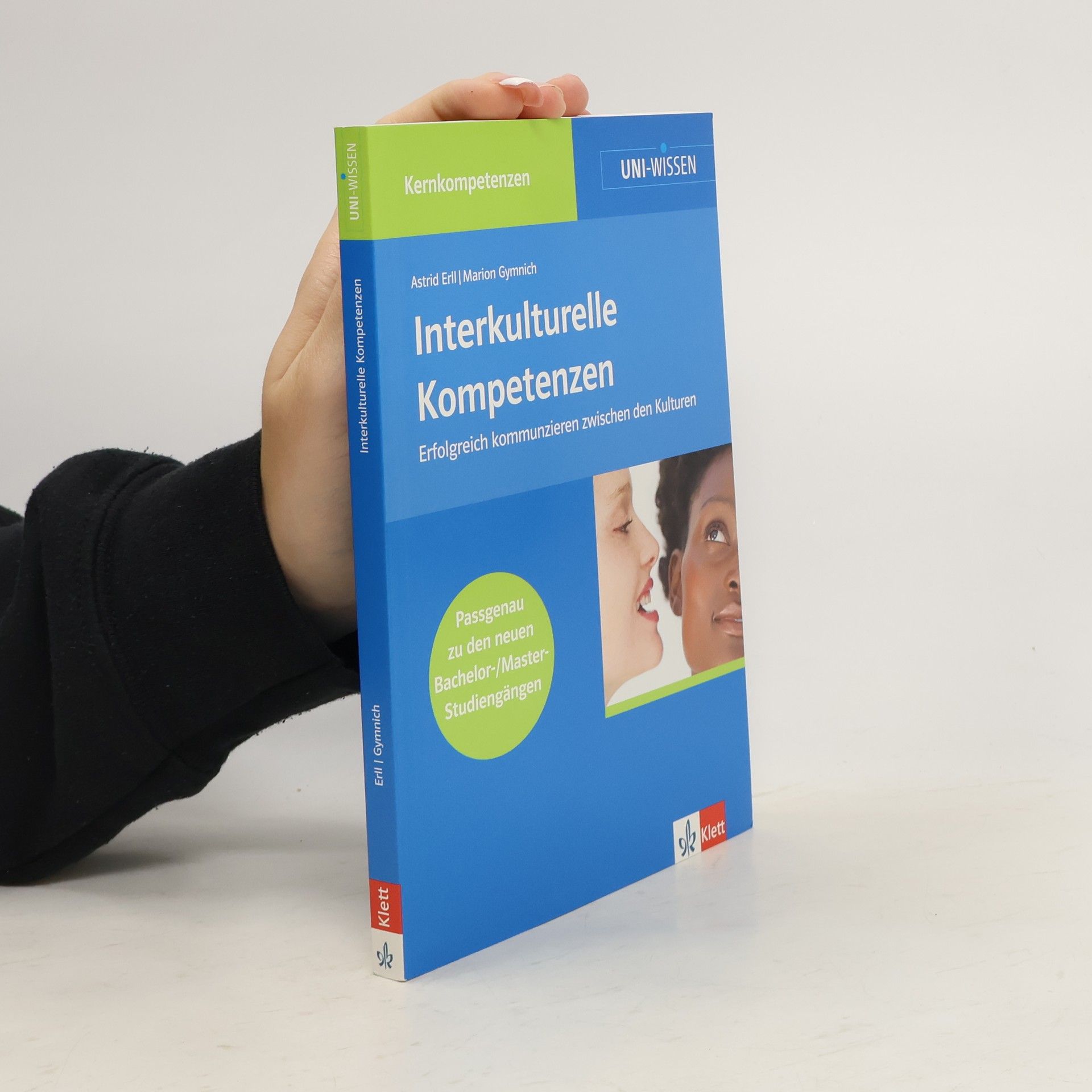Narrative in Culture
- 329 pages
- 12 hours of reading
Narrative in Culture offers an overview of current issues in cultural and historical narratology. This collection aims at an international and interdisciplinary readership interested in narratology, cultural analysis, and English literary history.



